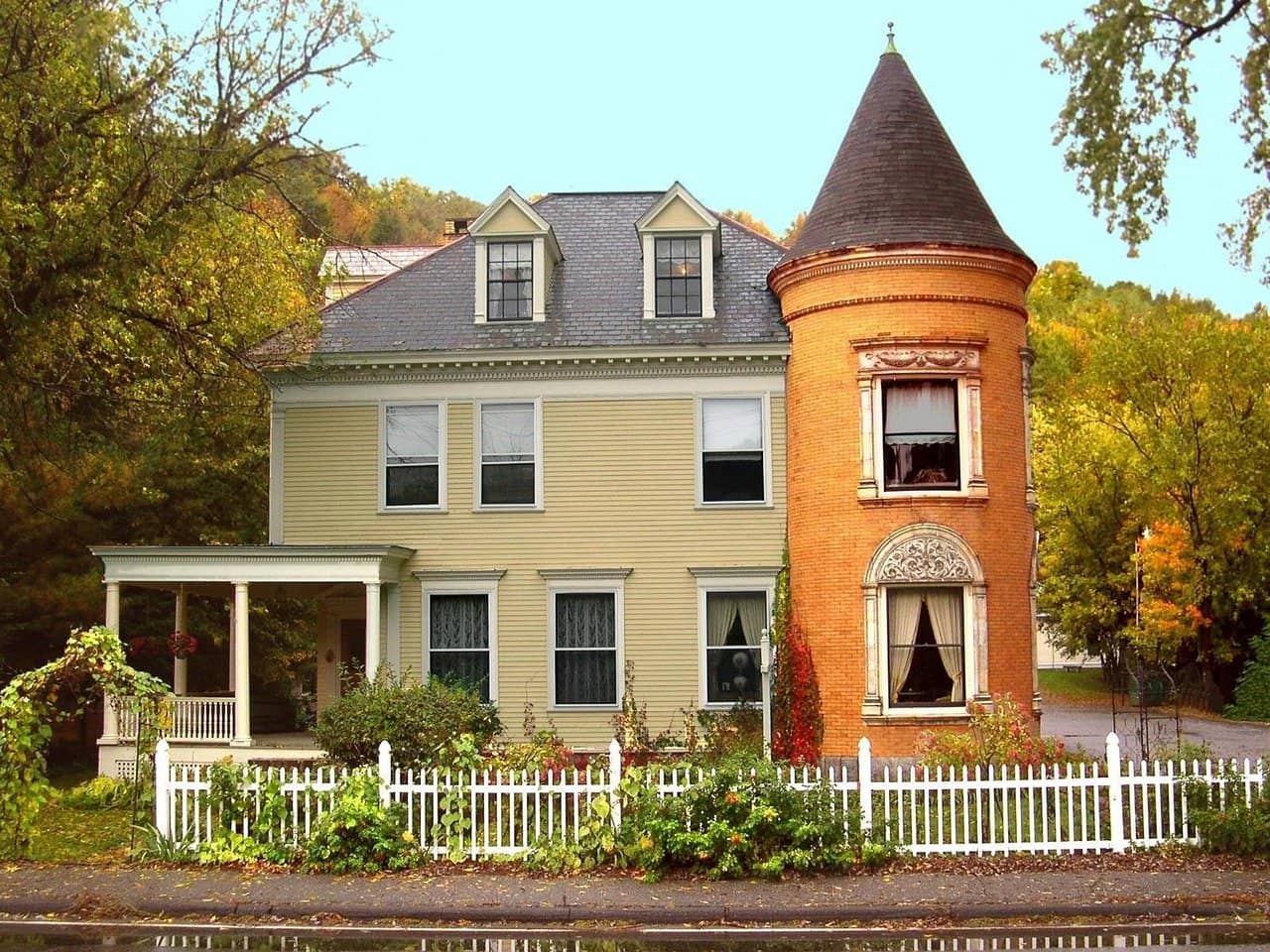Colonial poverty-style homes have formed the history of American architecture and can be found in many architectural designs as iconic details. Built as a spin-off of Colonial architecture, Colonial Poverty is one of the most enduring styles in American architecture.
Colonial Revival and neo-colonial homes expressed various colonial traditions in North America. Built-in the 19th and 20th centuries, these homes borrowed ideas from many historical styles, from the symmetrical Georgia colonies built by British settlers to the stoical Spanish colonies built by Spanish settlers.
Realtors often use the term “colonial,” but the true colonial home is the year before the War of the Revolutions. Most suburban homes labeled Colonial is neocolonial inspired by the Colonial Revival or Colonial style.
Refuque, Colonial Revival, and Neocolonial houses can add details to the modern era or incorporate historical details into contemporary design. The Amityville Horror House is a great example of a Dutch Colonial Revival home in Amityville, New York. The distinctive gambrel roof reflects the architectural tradition common to early Dutch settlers. The United States – See photos in this gallery to see more architectural diversity “revived” in immigrant countries.
Origins of Colonial-Revival Style
As the name suggests, the existence of colonial poverty is attributed to the last American architectural era in the colonial period. British, Dutch, Spanish, and French designs strongly influence Colonial architecture in the Americas. Still, the style of luxury and opulence is stored in aristocratic homes throughout Europe and the British state. In contrast, American Colonial homes tend to focus on simple, symmetrical, and practical designs for easy development.
Colonial poverty entered the American architectural scene at the turn of the 20th century, inspired by the 1876 Exposition of the Century, which was celebrated 100 years after the signing of the Declaration of Independence. For the first time in the country’s history, it is more important to be given to the documentation and preservation of buildings with architectural interests.
However, the colonial poverty style is not a strict interpretation of colonial-era homes. With average changes in the American lifestyle, technological advances, and increased access to building materials, architects and builders can take more freedom when building a new Colonial-style home.
For example, in the early 1900s, it was common to marry a colonial style with Victorian-era decor design. The simple and symmetrical Colonial style continues, with luxury details and decorative works crafted and new technology made out of original Colonial-style homes that are not available.
Colonial poverty homes were at their peak in the 1940s, waning in popularity after World War II. For decades, colonial poverty homes continued to offer a traditional approach to building a house. Subdivisions across the country are full of explanations of colonial poverty.
Key Characteristics of Colonial-Revival Homes
This style is known to be a mix of elements and wide choice. Key Colonial features such as simple layouts, symmetrical window designs, and saddle-pitched roofs are combined with decorative Victorian features such as intricate, portico, printed, and large window details. In short, Colonial Poverty-style homes combine symmetry and simple Colonial-style structures with the fantasy architectural spirit of the Victorian era.
Front or side passage roofs, hip roofs, and gambrel roofs are all seen in this style, emphasizing the diversity of inspiration from British, French, Spanish, and early Dutch colonial designs. Different ceiling lines give this style of different expressions. Two-story colonial homes are the most common but do not have specified features. The popular subtype of the architectural style is usually a Cape Cod floor.
Multi-panel windows, often in the form of doors, are decorated with shutters or pediments. In contrast to simple colonial designs, shutters and pediments are often decorated with a design or carving imaginatively. Porticos and small columns are seen at the entrance, and embellishment prints and detailing frame the simplicity of the original Colonial-style home. The interior comprises separate rooms and often features a central staircase, similar to a colonial design. This style is suitable for traditional interior design.
The Presence of Colonial-Revival Homes Today
Although this style was almost universal in the 1940s, he still inspired the architect. Both private and public sector buildings, including schools, libraries, and government buildings, make the most of this traditional design style.
The style has a strong hold on American architecture, pointing to a mix of times and American history. New construction homes in the suburbs are often referred to as ‘neo-colonies’, styles that refurbished and simplified colonial-rich features for the modern world. While the inspiration for the homes built by Colonial was borrowed from British, French, Dutch, and Spanish architecture, the style has become a decidedly American one and has stood the test of time.
Colonial Revival
The true Colonial home is an environment built during the North American colonies from the 15th century through the American Revolution. Very few native homes of the early North American colony are still intact. The Colonial Revival Force emerged in the late 1800s as a rebellion against the elaborate Victorian style.
Many homes built during the 20th century can be described as colonial revivals. Home Colonial Revival features the simplicity and improvisation of Georgia and Federal homes that are older than American history but with modern details.
Neocolonial
In the late 1960s, more fictionalized versions began to emerge. These homes, called neocolonial or neo-colonial, freely combine an assortment of historic styles using modern materials such as vinyl and imitation stone. Garages are incorporated into the design – unlike colonial warehouses and storage structures, modern American life wants to be in a more confined space and closer to their vehicles. The new Colonial home is indicated by symmetry but is not adhered to.
Georgian Colonial Revival House
The house was built in the 1920s, but the rectangular and symmetrical system of windows mimics American Colonial architecture, an English style that developed in 18th-century America. When the invaders are cheered more than King George, the design adopts more classic details and is called a Confederate force after the American Revolution.
A Neoclassical or Greek Revival style home is not considered a style revived from an American colony, so a Classical Revival is not considered a Colonial Revival. Classical Georgian Colonial Revival homes – also known as Georgia Revival homes – can be found throughout America from the late 1800s to the present.















